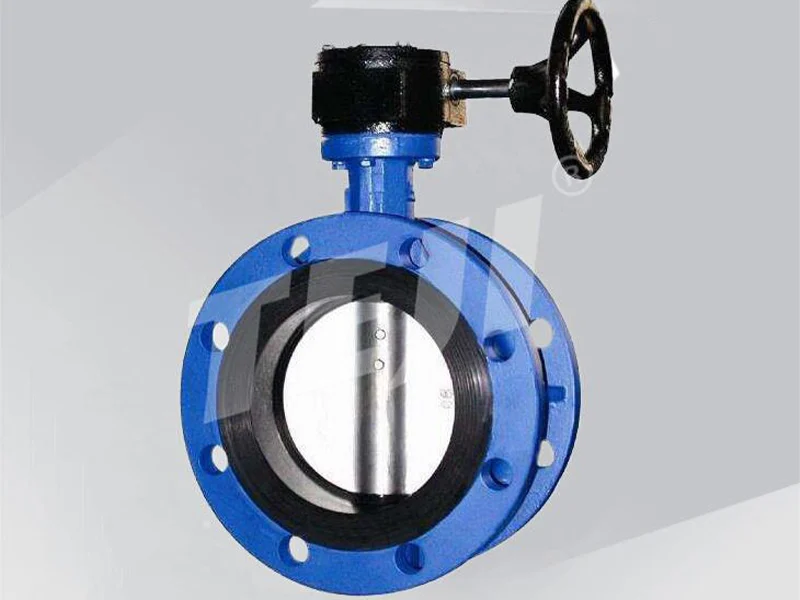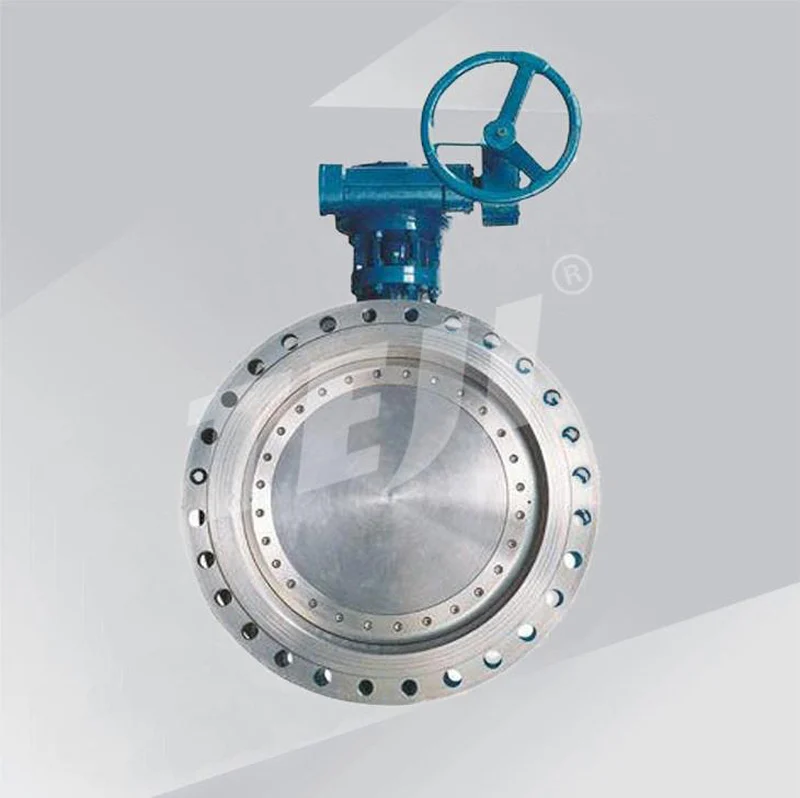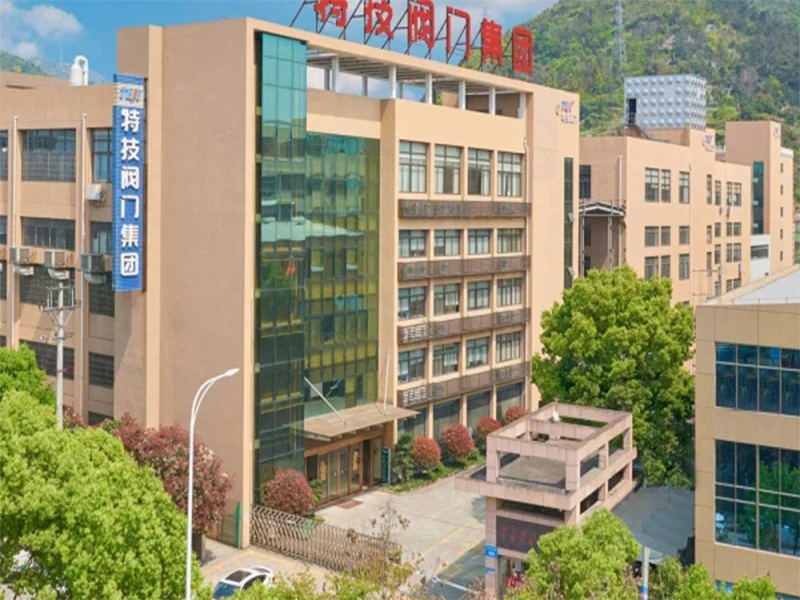
Concentric butterfly valves are a common fluid control device. Their stem axis aligns with the center of the disc and the center of the valve body passage. They feature a simple, compact structure, excellent sealing performance, and easy, flexible operation, enabling quick opening and closing with a single 90° rotation. They are widely used in pipeline systems in industries such as water treatment, petrochemicals, and power generation to regulate or shut off the flow of media. Concentric butterfly valves offer low cost and easy maintenance, but their applicability in high-pressure and high-temperature environments is limited, making them an ideal choice for many industrial sectors.

offset butterfly valves are industrial valves and are categorized into four types: single offset, double offset, triple offset, and variable offset. Their core feature is a stem axis offset from the center of the disc and body, combined with a tapered sealing design, which eliminates the wear problem associated with traditional concentric butterfly valves. Single offsetity disperses sealing surface stress; double offsetity reduces friction when opening and closing; triple offsetity achieves a hard seal at high temperatures and pressures; and variable offsetity dynamically adjusts the sealing contact state. Available in a wide range of nominal diameters and operating temperatures and pressures, they are suitable for fluid control systems in diverse operating conditions and are widely used in the petroleum, chemical, and power generation sectors.
The difference between concentric butterfly valve and offset butterfly valve
| characteristic | Concentric butterfly valve | offset butterfly valve |
| Structural core | The valve stem axis passes through the center of the butterfly plate and is consistent with the center of the valve body channel. | The valve stem axis deviates from the center of the butterfly plate and the center of the valve body channel. According to the deviation mode, it can be divided into single offset, double offset and triple offset. |
| Sealing principle | Soft seal: Rely on the elastic deformation of the valve seat (such as rubber) to achieve sealing, and the butterfly plate and the valve seat are in surface contact. | Multi-level sealing/metal sealing: Utilizing the cam effect, the butterfly plate is in close contact with the valve seat at the moment of closing, reducing friction and achieving hard sealing. |
| Friction and wear | During the opening and closing process, the butterfly plate and the valve seat are always in contact and friction, resulting in greater wear. | There is almost no friction between the butterfly plate and the valve seat during the opening and closing process. They only come into contact at the moment of closing, resulting in minimal wear. |
| Performance characteristics | Simple structure, low cost, good sealing (under applicable working conditions) | Long service life, high sealing level, greater torque, and wide applicable pressure and temperature range. |
As can be seen from the table above, although both are butterfly valves, concentric and offset butterfly valves differ significantly. This may raise the question of which butterfly valve is more practical. Before addressing this question, we need to first understand the advantages and disadvantages of concentric and offset butterfly valves.
Advantages and Disadvantages of Concentric Butterfly Valves
• Simple structure and low cost. Manufacturing and purchasing costs are the lowest among all types of butterfly valves, offering an extremely high cost-performance ratio.
• Quickly fully open or close the valve by simply rotating the handle or actuator 90°, with low flow resistance and high switching efficiency.
• Its soft seal ensures zero leakage in clean media at low pressure and room temperature.
• Easy Maintenance: Its simple structure makes it easy to remove and replace the sealing seat in the event of leakage, reducing maintenance costs.
• Small size and light weight: Compared to gate valves and globe valves of the same caliber, its structure is more compact, occupies less installation space, and is lightweight, making it easy to install.
Disadvantages
• High friction and wear, short service life
• Limited operating conditions: Generally unsuitable for medium and high pressure applications; due to the temperature resistance of the soft sealing material (usually ≤120°C), it cannot be used with high-temperature media; and unsuitable for media containing solid particles or highly abrasive media.
• The flow adjustment range is narrow, making it less suitable for applications requiring precise flow control and more suitable for use as a shut-off valve.
• The opening torque can be relatively high in high-pressure applications.
Advantages and Disadvantages of offset Butterfly Valves
Advantages
• Excellent sealing performance: Single-offset butterfly valves distribute sealing surface stress; double-offset butterfly valves reduce opening and closing friction; triple-offset butterfly valves achieve a hard seal at high temperatures and high pressures, with an inclined tapered sealing surface to increase contact area and improve sealing performance; variable-offset butterfly valves dynamically adjust the sealing contact state, effectively solving the problem of sealing surface wear and leakage in traditional concentric butterfly valves.
• Long service life: Double-offset butterfly valves do not contact the soft valve seat when opening, ensuring a longer service life; the structural design of triple-offset butterfly valves results in zero or low friction during opening and closing, reducing wear.
• Flexible Operation: Opening and closing can be achieved with a simple, lightweight 90° rotation. Operation is simple, lightweight, and requires low torque, eliminating the need for larger valves and significantly saving costs.
• Easy Installation: Top-entry valves require minimal pipe support, making seat ring replacement easy and adaptable to multi-station installation environments.
Disadvantages
• High Price: Triple-offset butterfly valves, in particular, utilize high-quality materials and advanced manufacturing processes, resulting in a relatively high cost.
• High Installation Requirements: Installation must be strictly in accordance with the instructions or under the guidance of a professional, otherwise proper operation and service life will be affected.
• Limited Temperature Resistance: For example, triple-offset butterfly valves have an operating temperature range of -20°C to 600°C, and their performance is limited in high-temperature environments.
• High Maintenance Cost: Due to the use of high-quality materials and advanced manufacturing processes, maintenance and servicing costs are high, requiring regular inspection and maintenance.
How to Choose
Understanding the advantages and disadvantages of concentric and offset butterfly valves, it is easy to conclude that concentric butterfly valves are more practical for standard operating conditions, cost-sensitive applications, and low temperatures, such as in ordinary water supply and drainage pipelines conveying media such as clean water and steam. For harsh operating conditions with high sealing and durability requirements, offset butterfly valves are a better choice, such as those used in the petroleum, chemical, and power industries.
Summary
The above is a discussion of concentric and offset butterfly valves. If you are interested in purchasing butterfly valves, please contact us. TEJI, a professional valve manufacturer, provides high-quality valves.




